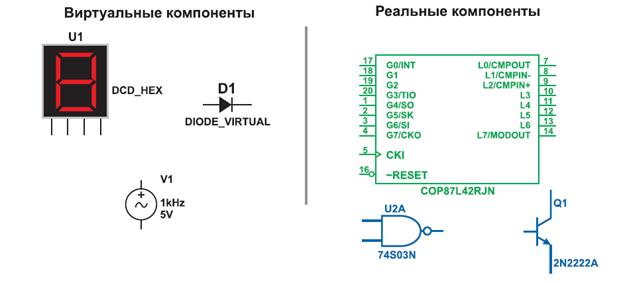Etymological survey of the English vocabulary. Native words VS borrowings
From the point of view of etymology, English vocabulary can be divided into 2 parts: 70% of borrowings in English language, 30% of native words. Words of native origin are divide into 3 groups: IE, common Germanic, English proper element. IE: auxilaries, pronouns, conjunctions, prepositions, natural phenomena,animals family relations; parts of human body; numerous verbs: stand, sit; numerals. common Germanic include words which have parallels in such languages as german, French, etc. 3 groups” common nouns: room; Common Adj:, common V: learn English element proper.: bird, boy, girl, woman, lord, always, call, daisy. ROMANIC BORROWINGS. Latin borrowings: they are divided into 3 periods: 1) 5 century, words are connected with trade (pound, inch, kitchen, wall, port); 2) The time of Christianity, words are connected with religion (Latin words: alter, cross, dean; Greek words: church, angel, devil, anthem); 3) Time of renaissance, words were borrowed after great vowel shift (17 century) (item, superior, zoology, memorandum, vice versa, AM, PM). French: the largest group of borrowings is French borrowings. Most of them came into English during the Norman Conquest. Normans belong to the race of scand. origin but during their residence in Normandy they had given up the native language and adopted the French dialect. During 3 centuries after the Norman Conquest French was the language of the court, of the nobility. There are following semantic groups of French borrowings: 1) words relating to government (administer, empire, state); 2) ~military affairs (army, war, battle); 3) ~jurisprudence (advocate, petition, sentence); 4) ~fashion (luxury, coat, collar); 5)~jewelry (topaz, pearl); 6)~ food and cooking (lunch, cuisine, menu); 7)~literature and music (pirouette, ballet). Italian: cultural and trade relations between England and Italy in the epoch of renaissance brought in many Italian words: 1) musical terms: concert, solo, opera, piano, trio; 2) political terms: manifesto; 3) geological terms: volcano, lava. Among the 20th century Italian borrowings, we can mention: incognito, fiasco, and graffiti. Spanish: a large number of such words was penetrated in English vocabulary in 1588 when Phillip 2 sent a fleet of armed ships against England (armada, ambuscade); trade terms: cargo, embargo; names of dances and musical instruments: tango, rumba, guitar; names of vegetables and fruits: tomato, tobacco, banana, ananas. GERMANIC BORROWINGS: Scandinavian: By the end of the Old English period English underwent a strong influence of Scandinavian due to the Scandinavian conquest of the British Isles. As a result of this conquest there are about 700 borrowings from Scandinavian into English (pronouns: they, them, their; verbs: to call, to want, to die; adj: flat, ill, happy; noun: cake, egg, knife, window. German: in the period of Second World War such words were borrowed as: luftwaffe (возд. авиация); bundeswehr (вооруженные силы ФРГ). After the Second World War the following words were borrowed: Volkswagen, berufsverbot (запрет на профессию (в ФРГ)), and some other words (cobalt, wolfram, iceberg, rucksack ). Dutch: Holland and England have had constant interrelations for many centuries and more then 2000 Dutch words were borrowed into English. Many of them are nautical terms and were mainly borrowed in the 14th century, such as: skipper, pump, keel, dock; and some words from everyday life: luck, brandy, and boss. Russian: Among early Russian borrowings there are mainly words connected with trade relations, such as: rubble, kopeck, sterlet, vodka, and words relating to nature: taiga, tundra, steppe. After the October revolution many new words appeared in Russia, connected with the new political system, new culture, and many of them were borrowed into English: collectivization, udarnik, Komsomol and also translation loans: five-year plan, collective farm. One more group of Russian borrowings is connected with perestroika, suck as: glasnost, nomenclature, and apparatchik.
|




